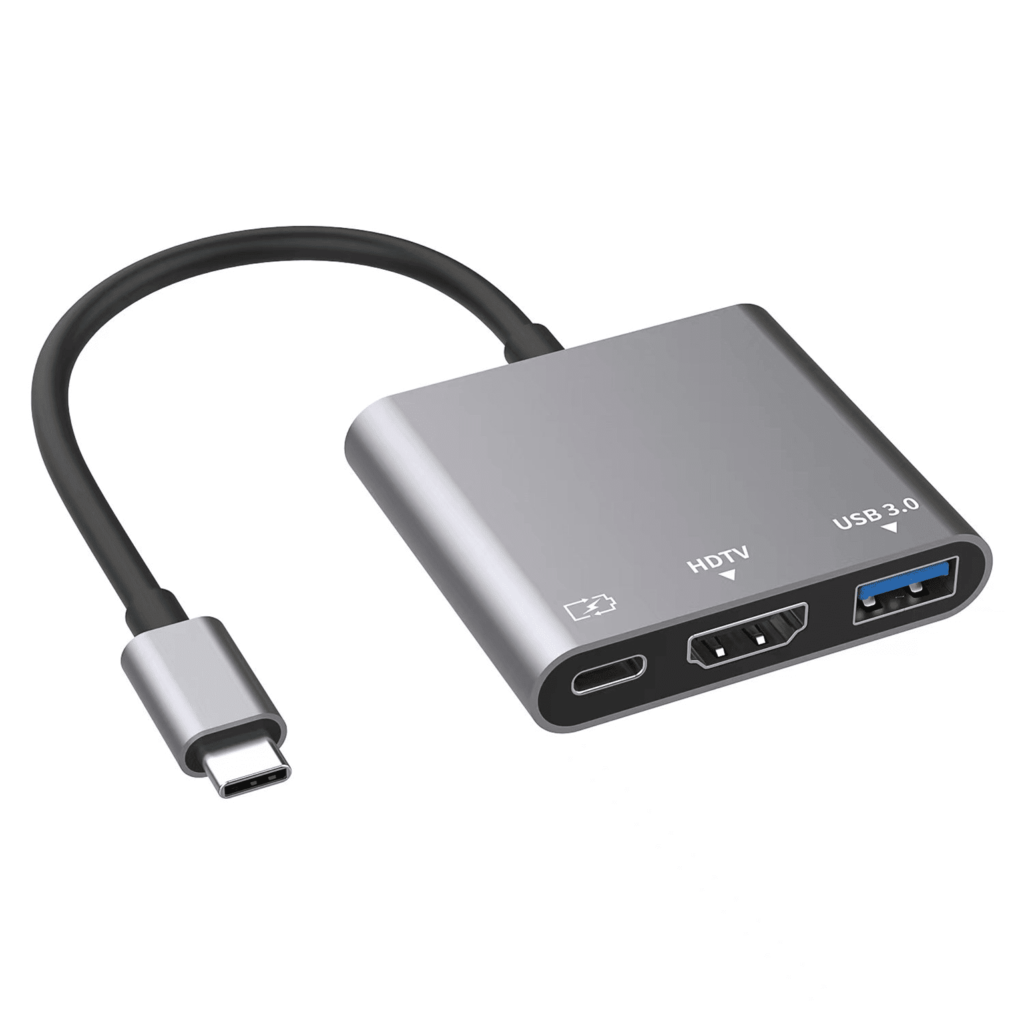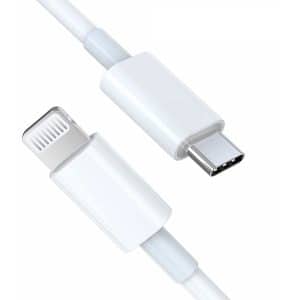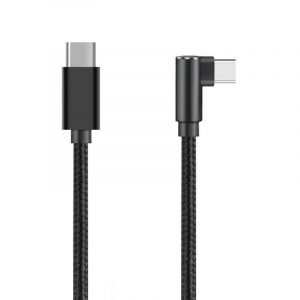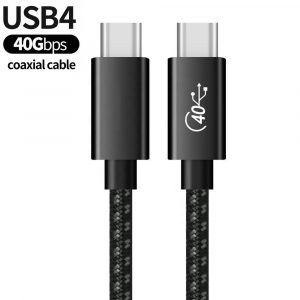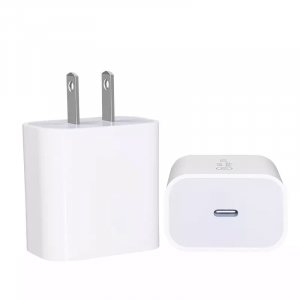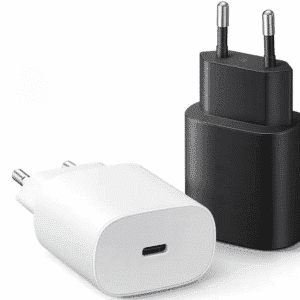HDMI vs USB C: Choosing the Right Connection for Your Needs
In the ever-evolving landscape of technology, connectivity standards play a pivotal role in determining how we interact with our devices. Among the multitude of options available, two prominent standards stand out: HDMI (High-Definition Multimedia Interface) and USB-C (Universal Serial Bus Type-C). Both serve essential functions in connecting devices, but they cater to different needs and come with their own set of advantages and disadvantages. But what’s the difference between USB C vs HDMI? and which one should you use for your monitor (usb c vs hdmi for monitor)?
Understanding HDMI
HDMI, or High Definition Multimedia Interface, has been the go-to standard for high-definition video and audio transmission. It’s widely used across various devices, from gaming consoles to home theater systems. HDMI’s ability to deliver high-resolution content seamlessly makes it a reliable choice for many.
HDMI’s Role in Monitors and Displays
When considering HDMI vs USB-C for monitor connections, HDMI has been the traditional choice. It supports a range of resolutions and refresh rates, making it ideal for both casual viewing and gaming setups.
Pros of HDMI:
- High Definition: HDMI supports high-resolution video formats, including 4K, making it ideal for home entertainment systems and gaming setups.
- Audio Support: HDMI cables transmit high-quality audio signals alongside video, eliminating the need for separate audio cables.
- Widespread Adoption: HDMI is a universal standard utilized by a vast array of devices, ensuring compatibility across different platforms.
Cons of HDMI:
- Physical Limitations: HDMI cables can be bulky and less flexible, making them less convenient for portable devices or situations where space is limited.
- Limited Functionality: HDMI primarily focuses on video and audio transmission and lacks support for other types of data transfer, such as power delivery or networking.
Unveiling USB-C
USB-C represents a significant advancement in connectivity standards, offering versatility for a wide range of devices, including laptops, smartphones, tablets, and peripherals. Unlike HDMI, USB-C features a small, symmetrical connector that can be plugged in either orientation, providing added convenience and ease of use. It’s a multi-talented port that can handle a variety of tasks, including:
- Transferring data at blazing-fast speeds (up to 40 Gbps)
- Delivering power to your device (USB Power Delivery)
- Connecting to displays with USB-C Alt Mode (alternate mode)
- Connecting to various peripherals like external hard drives and smartphones
Pros of USB-C:
- Versatile: charges, transfers data, and connects to displays
- Faster data transfer speeds than HDMI (usb type c vs hdmi)
- Slim and reversible connector for easy use
Cons of USB C:
- Not all devices support USB-C Alt Mode for video output (hdmi vs usb c for display)
- May require additional adapters for connecting to older displays
- Newer technology, so compatibility might be limited with some older devices
USB Type-C vs HDMI
When comparing USB Type-C vs HDMI, it’s clear that USB-C is designed for the future. It’s becoming the standard for new laptops and smartphones, offering a one-cable solution for multiple functions.
So, Which One Do You Choose?
The best choice depends on your specific needs. Here’s a quick breakdown:
For connecting to a TV or monitor for video and audio: If you prioritize simplicity and compatibility, HDMI is a great choice. It works universally and supports high-quality visuals.
For a versatile connection with data transfer and charging: If you need a one-cable solution for connecting to a display, transferring data, and charging your device, USB-C with Alt Mode is the way to go. Just ensure your devices support it.
For connecting to older devices: HDMI is the safer bet for broader compatibility with older laptops and displays.
Ultimately, both HDMI and USB-C are valuable tools. Understanding their strengths and weaknesses will help you choose the right connection for your tech setup.
Related Products
Wandkey is a MFI certified cable and charger manufacturer, supports OEM/ODM service, printing logo, customized packaging, color, length, mould etc. Welcome to contact us get the quotation and samples for the test.
Any questions feel free to contact us, we would be happy to solve your issues
Related Topics
2022 Latest MFi Authorized Manufacturers list
Differences of Lightning Connector
How to check MFI Certification
How to get MFI Certification for Your Brand?
Why does the MFI Certified Lightning Cable so expensive?
MFI Product Packaging Requirement?
Disassemble MFI Lightning Cable
iPhone 14 Pro may use USB C Charging Port
How do we guarantee the quality?
How to identify counterfeit or uncertified Lightning connector accessories
How to Choose Fast Charging Cable for Your Phone
How do I choose a USB-C cable?
Differences between USB 3.0 3.1 and 3.2
Test on USB C to USB C 3.1 Cable

